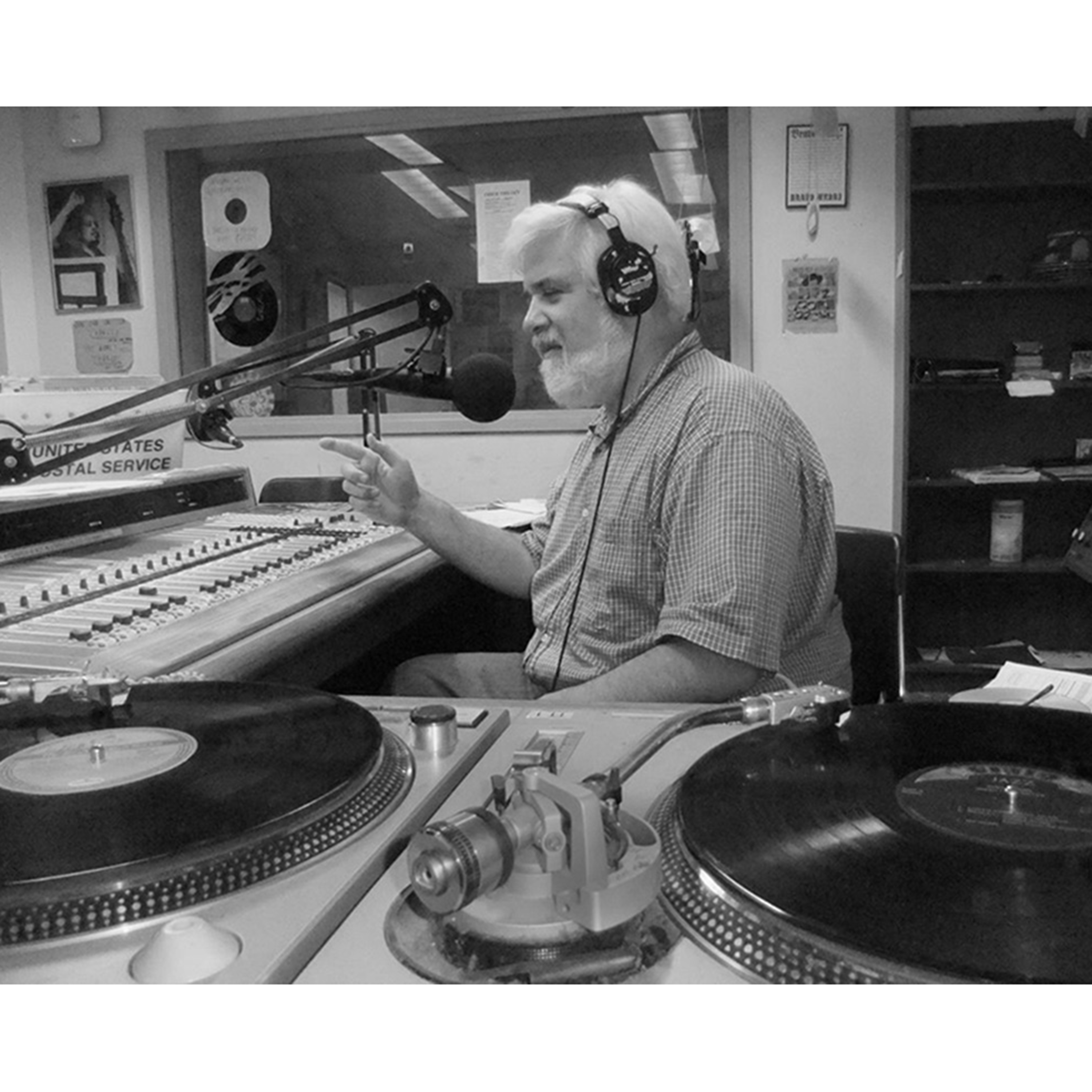Listen "Wardell Gray"
Episode Synopsis
Wardell Gray is a “forgotten tenor”, one of the lost masters of modern jazz. Many critics aptly classify his style with a label of “Easy Swing”. This distinctive feature is a felicitous facility that imparts a rhythmic grace while maintaining an intensive communicative attack that conveys a soulful message.
Gray was born in Oklahoma on February 13, 1921 just a few months before the Tulsa massacre, and he lived in the “Deep Deuce” African-American neighborhood of Oklahoma City. His family moved to Detroit when he was nine years old. Gray was raised and came of age in the Motor City. He learned great lessons in his formative years at the legendary Cass Tech High School and as a player in Detroit’s then-vital jazz scene. Gray attracted the attention of Earl Hines, who hired him to be the featured soloist in his big band from 1943-1946.
Wardell left Hines to settle in Los Angeles, where he became a pivotal figure in the excitement of post war California jazz, in the raucous jam session development of west coast bebop when Bird was in the air. Gray was often featured in musical battles with his friend Dexter Gordon. Gray’s records with Dexter, “The Chase” and later “The Hunt”, and others, were big sellers and epitomized this excitement, fueling the drives of Jack Kerouac On The Road.
By the end of the decade, Gray’s reputation led to his engagement in the bands of Benny Goodman and Count Basie, but perhaps the timing was off – he was with Goodman when Benny attempted to make his band bop-influenced, and Gray’s major accomplishments with Basie were in the brief period when the Count down-sized his big band to an octet. In the late 1940's, Gray also appeared on key sides with Charlie Parker, Fats Navarro, and Tadd Dameron.
Later, Wardell made a few small group recordings for Prestige Records, most notably his composition “Twisted” and Art Farmer’s “Farmer’s Market”. With Annie Ross’s hip lyrics, these songs remain a big part of our repertory to this day.
In the 1950's Wardell drifted away from major popular attention, but he remained active and was poised for a comeback when Benny Carter hired him to participate in a new band which would integrate the Las Vegas casino entertainment. However, on opening night in July 1955, Gray was killed at the age of 34, and his body found in the Nevada desert, under mysterious circumstances subject to various innuendos and yet to be solved.
originally broadcast October 8, 2017; re-broadcast February 14, 2021
Gray was born in Oklahoma on February 13, 1921 just a few months before the Tulsa massacre, and he lived in the “Deep Deuce” African-American neighborhood of Oklahoma City. His family moved to Detroit when he was nine years old. Gray was raised and came of age in the Motor City. He learned great lessons in his formative years at the legendary Cass Tech High School and as a player in Detroit’s then-vital jazz scene. Gray attracted the attention of Earl Hines, who hired him to be the featured soloist in his big band from 1943-1946.
Wardell left Hines to settle in Los Angeles, where he became a pivotal figure in the excitement of post war California jazz, in the raucous jam session development of west coast bebop when Bird was in the air. Gray was often featured in musical battles with his friend Dexter Gordon. Gray’s records with Dexter, “The Chase” and later “The Hunt”, and others, were big sellers and epitomized this excitement, fueling the drives of Jack Kerouac On The Road.
By the end of the decade, Gray’s reputation led to his engagement in the bands of Benny Goodman and Count Basie, but perhaps the timing was off – he was with Goodman when Benny attempted to make his band bop-influenced, and Gray’s major accomplishments with Basie were in the brief period when the Count down-sized his big band to an octet. In the late 1940's, Gray also appeared on key sides with Charlie Parker, Fats Navarro, and Tadd Dameron.
Later, Wardell made a few small group recordings for Prestige Records, most notably his composition “Twisted” and Art Farmer’s “Farmer’s Market”. With Annie Ross’s hip lyrics, these songs remain a big part of our repertory to this day.
In the 1950's Wardell drifted away from major popular attention, but he remained active and was poised for a comeback when Benny Carter hired him to participate in a new band which would integrate the Las Vegas casino entertainment. However, on opening night in July 1955, Gray was killed at the age of 34, and his body found in the Nevada desert, under mysterious circumstances subject to various innuendos and yet to be solved.
originally broadcast October 8, 2017; re-broadcast February 14, 2021
More episodes of the podcast The Gone Sounds of Jazz with Sid Gribetz
Eddie "Lockjaw" Davis
03/10/2025
Johnny Hartman
25/09/2025
Charlie Parker 3
17/09/2025
Nat King Cole
03/09/2025
Bird-Prez
31/08/2025
Junior Cook
08/08/2025
Roy Eldridge 2
04/08/2025
Charles Earland
31/07/2025
Sonny Clark
16/07/2025
Louis Armstrong 3
07/07/2025
 ZARZA We are Zarza, the prestigious firm behind major projects in information technology.
ZARZA We are Zarza, the prestigious firm behind major projects in information technology.
